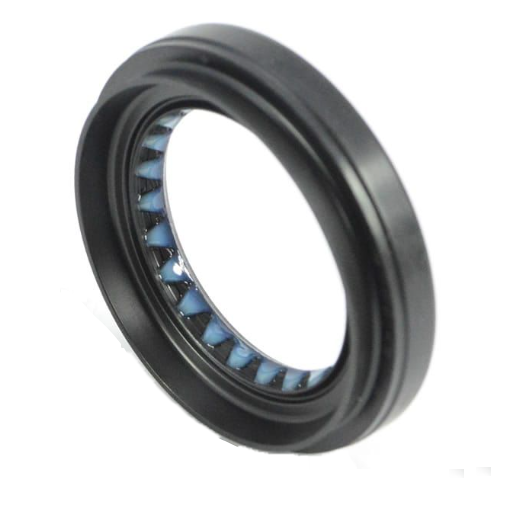oil seal shock absorber
Understanding Oil Seal Shock Absorbers Functionality, Types, and Applications
Shock absorbers play a vital role in any vehicle's suspension system, ensuring a smooth ride by mitigating the effects of jolts and rough surfaces. Among the various types of shock absorbers, oil seal shock absorbers are particularly significant due to their efficient operation and durability.
What is an Oil Seal Shock Absorber?
An oil seal shock absorber is a hydraulic device designed to control the impact of road surfaces on the vehicle. It absorbs shocks caused by irregularities in the terrain through a combination of hydraulic fluid and mechanical components. The oil seal denotes the use of sealing materials that retain hydraulic fluid within the shock absorber, preventing leaks and maintaining optimal performance.
The Working Mechanism
The functionality of oil seal shock absorbers hinges on their ability to manage the movement of the vehicle's suspension system. When a vehicle encounters a bump, the suspension compresses, and the oil seal shock absorber is compressed too. The hydraulic fluid inside the shock absorber moves through valves within the unit, dissipating energy and controlling the ride's rebound.
The design typically consists of a piston, rod, housing, and various seals, including the oil seal. The oil seal maintains a seal around the piston rod, preventing hydraulic fluid from leaking while allowing the rod to move freely. This ensures that the shock absorber operates smoothly and extends its service life significantly.
Types of Oil Seal Shock Absorbers
Oil seal shock absorbers come in various types, each designed to suit different applications. The primary types include
1. Twin-Tube Shock Absorbers These have two cylinders—an inner and an outer tube. The inner tube contains the piston and hydraulic fluid, while the outer tube serves as a reservoir for excess fluid. Twin-tube designs are commonly used in passenger vehicles due to their comfort and stability.
oil seal shock absorber

2. Mono-Tube Shock Absorbers In contrast, mono-tube shock absorbers have a single cylinder that holds both the hydraulic fluid and the piston. They typically offer better performance and responsiveness, making them ideal for performance vehicles and off-road applications.
3. Gas-Charged Shock Absorbers These are similar to mono-tube shock absorbers but contain compressed gas, which allows for better performance under extreme conditions. The pressurized gas helps prevent cavitation and enhances the performance of the shock absorber, making them suitable for high-performance vehicles.
Advantages of Oil Seal Shock Absorbers
Oil seal shock absorbers offer several advantages that make them a popular choice among vehicle manufacturers and drivers
- Durability The oil seals are designed to withstand higher pressures and temperatures, ensuring a long lifespan and reliable performance. - Maintainability Regular maintenance typically involves checking for leaks and replacing worn seals, making it easier to keep the shock absorbers in good condition. - Comfort These shock absorbers contribute significantly to ride comfort by minimizing road disturbances, thereby providing a smoother driving experience.
Applications
Oil seal shock absorbers are widely used in various applications. They can be found in
- Passenger vehicles, where smooth rides and comfort are paramount. - Off-road vehicles, where durability and robust construction are necessary to handle rough terrains. - Commercial vehicles, including trucks and buses, where load-bearing capacity and reliability are critical.
Conclusion
In conclusion, oil seal shock absorbers play a fundamental role in vehicle performance and comfort. Understanding their mechanism, types, and applications helps both manufacturers and consumers appreciate their importance in vehicle design. By ensuring smooth rides, enhancing safety, and providing durability, oil seal shock absorbers remain integral to the mechanics of modern vehicles. Whether for casual driving, competitive racing, or heavy hauling, they exemplify engineering excellence and contribute significantly to overall vehicular performance.
-
Understanding Cassette Seals: A Durable Solution for Oil and Dirt Protection
News Apr.30,2025
-
Understanding and Maintaining the Polaris Ranger Front Differential
News Apr.30,2025
-
Understanding and Maintaining the Polaris Front Differential
News Apr.30,2025
-
Understanding and Maintaining the Crank Oil Seal for Engine Efficiency
News Apr.30,2025
-
Heavy Duty Seals: Durable Solutions for Home, Industrial, And Commercial Use
News Apr.30,2025
-
Auto Oil Seals: Protecting Your Engine from Leaks and Contamination
News Apr.30,2025
-
Essential Tools and Kits Every Car Owner Should Have
News Apr.29,2025
Products categories















